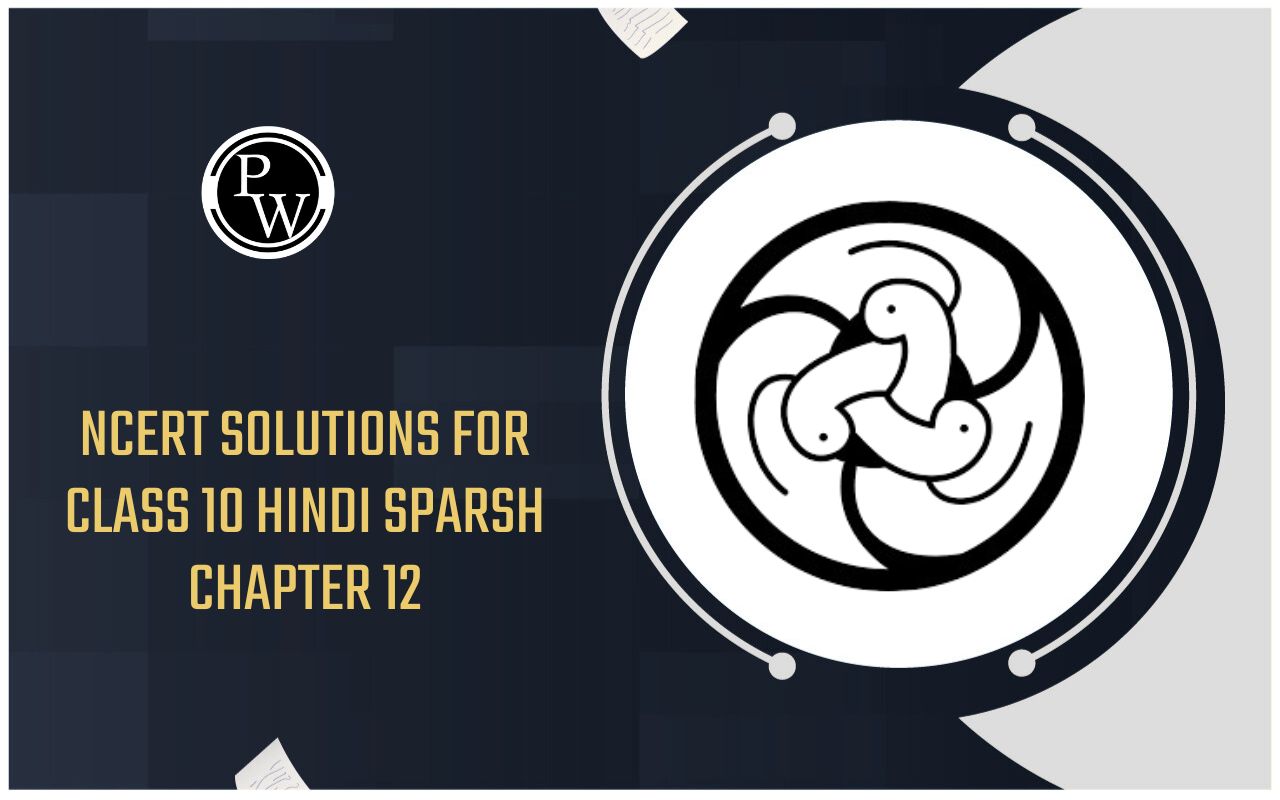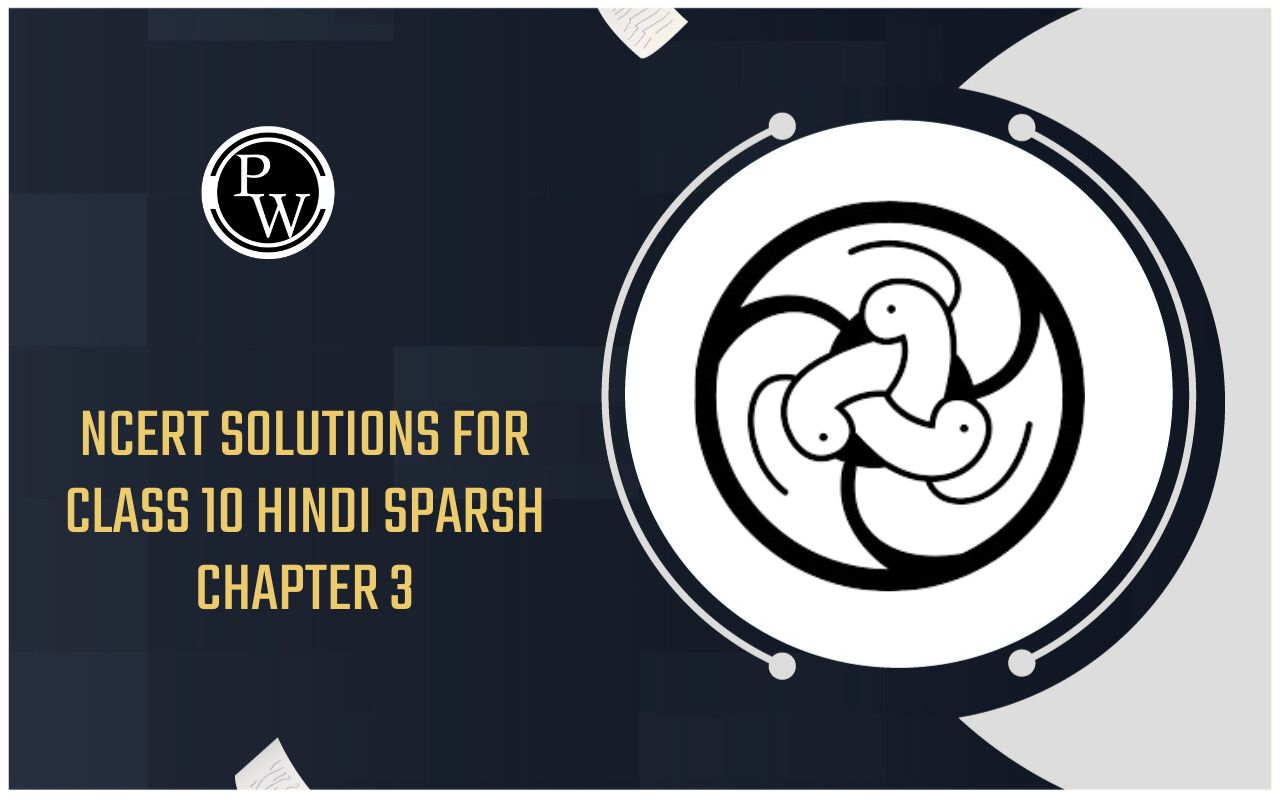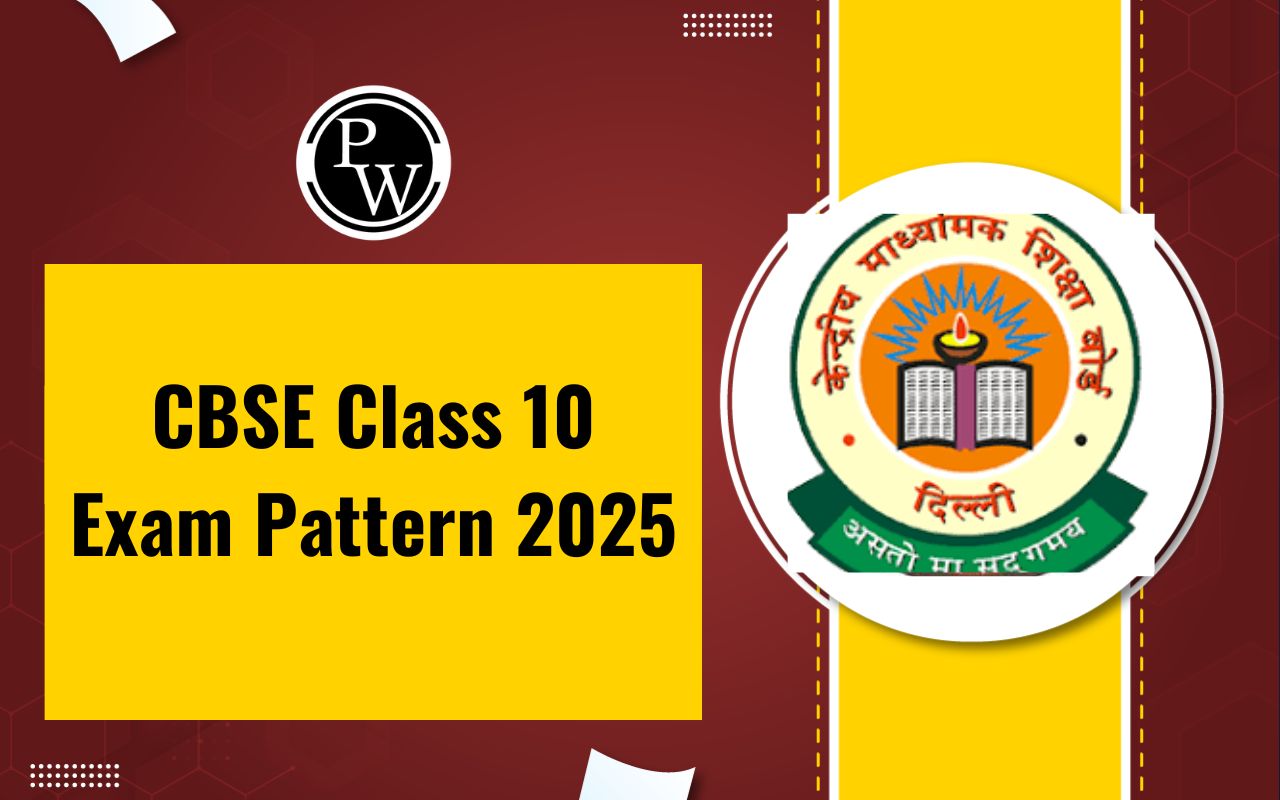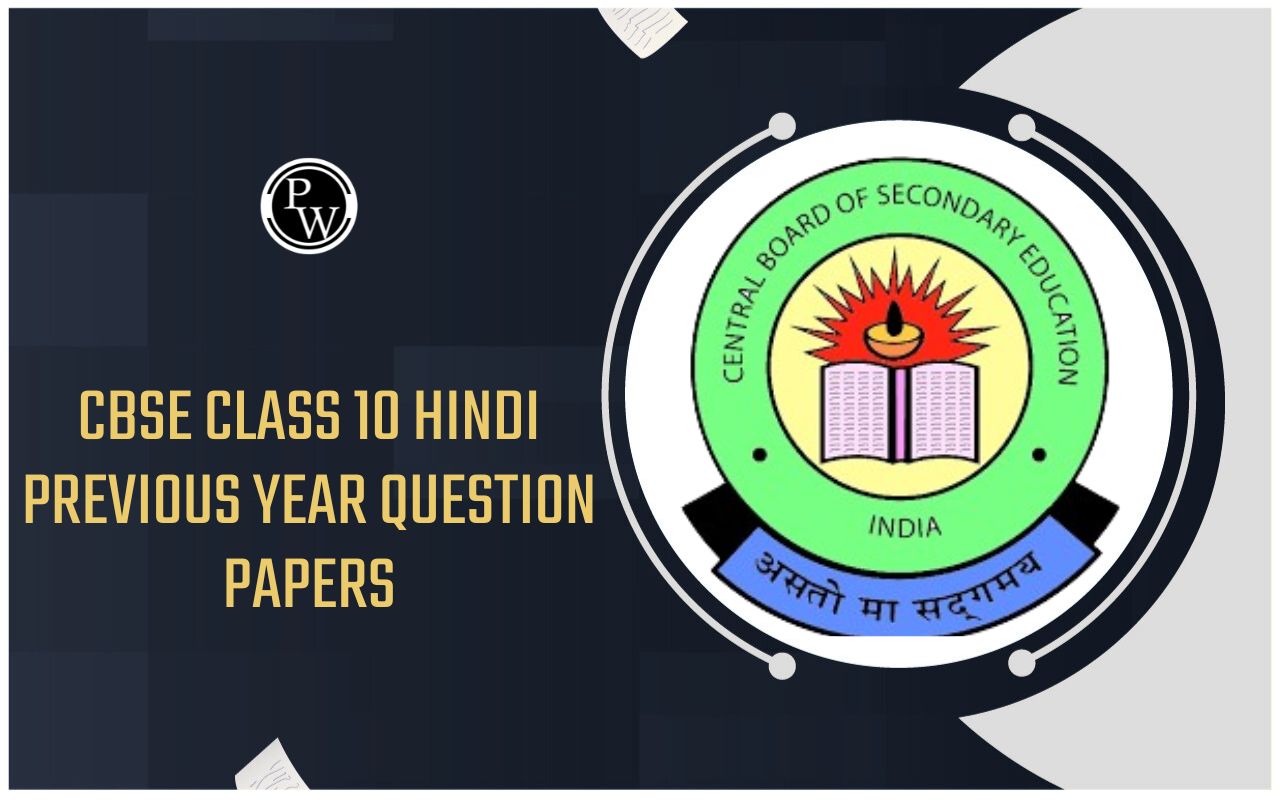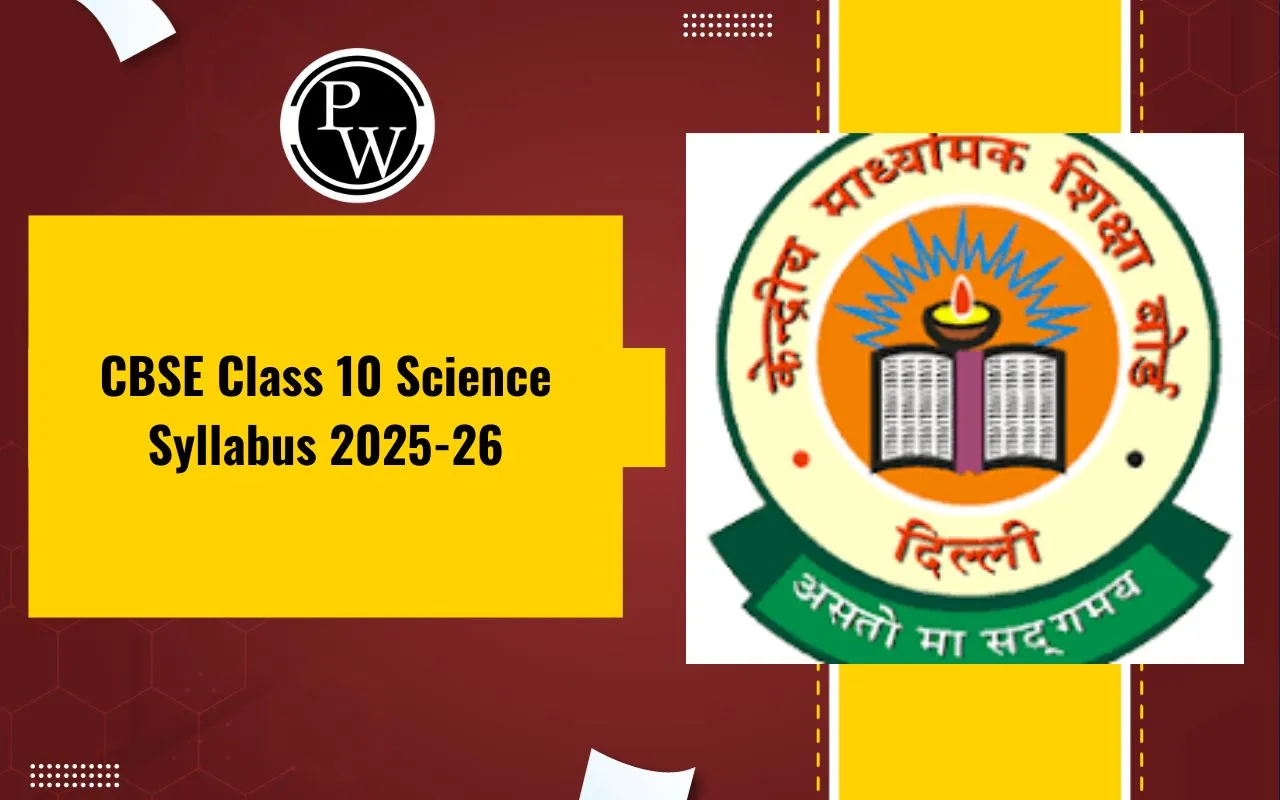
NCERT Solutions for Class 10 Science Chapter 11: Here we have provided the NCERT Solutions for Class 10 Science Chapter 11 Human Eye and Colourful World to support students in their studies. This chapter explains the structure and functions of the human eye, exploring how it enables us to perceive and interpret the world around us. It also covers the science behind color vision and the phenomenon of dispersion, which contributes to the beautiful spectrum of colors we see in rainbows and other natural phenomena.
The solutions are designed to help students grasp key concepts such as the anatomy of the eye, the mechanism of vision, and the principles of light and color. By working through these solutions, students will gain a deeper understanding of how the human eye works and how light interacts with different materials to create color. The detailed explanations and step-by-step guidance ensure that students can effectively tackle related problems and excel in their exams.NCERT Solutions for Class 10 Science Chapter 11 Human Eye and Colourful World Overview
The NCERT Solutions for Class 10 Science Chapter 11 Human Eye and Colourful World are created by experts of Physics Wallah. This chapter explains how our eyes work and how we see colors. The solutions help students understand how the eye sees different things and why we perceive colors the way we do. These solutions break down complex ideas into easy-to-understand steps. They guide students through the important concepts and problems related to vision and color. This helps students improve their understanding and do better in their exams.NCERT Solutions for Class 10 Science Chapter 11 Human Eye and Colourful World PDF
The PDF for NCERT Solutions for Class 10 Science Chapter 11 Human Eye and Colourful World is available below. This PDF provides detailed solutions to the exercises in the chapter, helping students grasp the concepts of vision and color perception more effectively. By referring to this PDF, students can review the key topics work through practice problems, and ensure a thorough understanding of how the human eye functions and how we perceive colors.NCERT Solutions for Class 10 Science Chapter 11 PDF
NCERT Solutions for Class 10 Science Chapter 11 Human Eye and Colourful World
Here, we have provided NCERT Solutions for Class 10 Science Chapter 11 to help students prepare more effectively for their exams.NCERT Solutions for Class 10 Science Chapter 11 Human Eye and Colourful World Page No. 90
1. What is meant by power of accommodation of the eye?
Answer-
The ability of the eye's lens to change its focal length to clearly focus on objects both near and far on the retina is called the power of accommodation. This process allows us to see clearly at different distances without needing corrective lenses.2. A person with a myopic eye cannot see objects beyond 1.2 m distinctly. What should be the type of corrective lens used to restore proper vision?
Answer-
An individual with myopia, or nearsightedness, can restore clear vision by using a concave lens. For this condition, a concave lens with a focal length of 1.2 meters is recommended. This type of lens helps to diverge light rays, allowing them to focus correctly on the retina and improve distance vision.3. What is the far point and near point of the human eye with normal vision?
Answer-
The near point of the eye is the closest distance at which an object can be seen clearly without any strain. For a typical human eye, this distance is 25 cm. On the other hand, the far point of the eye is the furthest distance at which an object can be seen clearly. For a normal, healthy eye, this distance is considered to be at infinity.4. A student has difficulty reading the blackboard while sitting in the last row. What could be the defect the child is suffering from? How can it be corrected?
Answer-
The student is experiencing short-sightedness, also known as myopia. Myopia can be corrected using a concave or diverging lens with the right power. This type of lens helps to focus distant objects correctly on the retina, allowing the student to see clearly at far distances.NCERT Solutions for Class 10 Science Chapter 11 Human Eye and Colourful World Page No.197
1. The human eye can focus objects at different distances by adjusting the focal length of the eye lens. This is due to
(a) presbyopia
(b) accommodation
(c) near-sightedness
(d) far-sightedness
Answer-
(b) accommodation Due to the process of accommodation, the human eye can focus on objects at varying distances by adjusting the focal length of the eye lens. This adjustment allows the eye to see both near and distant objects clearly by changing the shape of the lens to focus light properly on the retina.NCERT Solutions for Class 10 Science Chapter 11 Human Eye and Colourful World Page No. 198
2. The human eye forms an image of an object at its
(a) cornea
(b) iris
(c) pupil
(d) retina
Answer –
(d) retina The retina is the layer of nerve cells lining the back wall inside the eye. This crucial layer senses light and converts it into electrical signals, which are then sent to the brain. These signals are interpreted by the brain to create the visual images we see.3. The least distance of distinct vision for a young adult with normal vision is about
(a) 25 m
(b) 2.5 cm
(c) 25 cm
(d) 2.5 m
Answer –
(c) 25 cm For a young adult with normal vision, 25 cm is considered the least distance for distinct vision. This means that any object closer than 25 cm cannot be seen clearly without straining the eyes.4. The change in focal length of an eye lens is caused by the action of the
(a) pupil
(b) retina
(c) ciliary muscles
(d) iris
Answer-
(c) ciliary muscles The ciliary muscles control the eye's lens, adjusting its focal length to focus on objects at various distances. When these muscles contract or relax, they alter the shape of the lens, allowing it to focus light accurately on the retina for clear vision.5. A person needs a lens of power -5.5 dioptres for correcting his distant vision. For correcting his near vision he needs a lens of power +1.5 dioptre. What is the focal length of the lens required for correcting (i) distant vision, and (ii) near vision?
Answer-
The power ( P) of a lens of focal length f is given by the relation Power (P) = 1/ f (i) Power of the lens (used for correcting distant vision) = – 5.5 D Focal length of the lens ( f) = 1/ P f = 1/-5.5 f = -0.181 m The focal length of the lens (for correcting distant vision) is – 0.181 m. (ii) Power of the lens (used for correcting near vision) = +1.5 D Focal length of the required lens ( f) = 1/ P f = 1/1.5 = +0.667 m The focal length of the lens (for correcting near vision) is 0.667 m.6. The far point of a myopic person is 80 cm in front of the eye. What is the nature and power of the lens required to correct the problem?
Answer-
In myopia, or nearsightedness, the image is focused in front of the retina, causing distant objects to appear blurry. To correct this vision defect, a concave lens is used. This type of lens diverges light rays before they enter the eye, effectively shifting the image back onto the retina, thus restoring clear vision. Object distance (u) = infinity = ∞ Image distance (v) = – 80 cm Focal length = f According to the lens formula, A concave lens of power – 1.25 D is required by the individual to correct his defect.
A concave lens of power – 1.25 D is required by the individual to correct his defect.
7. Make a diagram to show how hypermetropia is corrected. The near point of a hypermetropic eye is 1 m. What is the power of the lens required to correct this defect? Assume that the near point of the normal eye is 25 cm.
Answer-
An individual with hypermetropia, or farsightedness, can see distant objects clearly but struggles to focus on nearby objects. This occurs because the eye lens focuses incoming light rays behind the retina. To correct this, a convex lens is used. The convex lens converges the light rays before they enter the eye, ensuring that the image is properly focused on the retina, thus allowing the person to see nearby objects more clearly. The convex lens creates a virtual image of a nearby object (N’ in the above figure) at the near point of vision (N) of the individual suffering from hypermetropia.
The given individual will be able to clearly see the object kept at 25 cm (near point of the normal eye), if the image of the object is formed at his near point, which is given as 1 m.
Object distance,
u
= – 25 cm
Image distance,
v
= – 1 m = – 100 m
Focal length,
f
Using the lens formula,
The convex lens creates a virtual image of a nearby object (N’ in the above figure) at the near point of vision (N) of the individual suffering from hypermetropia.
The given individual will be able to clearly see the object kept at 25 cm (near point of the normal eye), if the image of the object is formed at his near point, which is given as 1 m.
Object distance,
u
= – 25 cm
Image distance,
v
= – 1 m = – 100 m
Focal length,
f
Using the lens formula,
 A convex lens of power +3.0 D is required to correct the defect.
A convex lens of power +3.0 D is required to correct the defect.
8. Why is a normal eye not able to see clearly the objects placed closer than 25 cm?
Answer-
A normal eye struggles to see objects clearly if they are placed closer than 25 cm because the ciliary muscles, which adjust the eye lens's focal length, can only contract up to a certain limit. Beyond this limit, the eye lens cannot accommodate enough to focus on very close objects, resulting in blurred vision for those near distances.9. What happens to the image distance in the eye when we increase the distance of an object from the eye?
Answer-
As an object is moved farther from the eye, the image continues to form on the retina because the eye lens adjusts its shape. Specifically, the eye lens becomes thinner, and its focal length increases to compensate for the greater distance. This adjustment ensures that the incoming light rays are properly focused on the retina, allowing the eye to see distant objects clearly.10. Why do stars twinkle?
Answer-
The twinkling of stars is caused by the atmospheric refraction of starlight. As starlight enters Earth's atmosphere, it passes through layers of air with varying densities, causing it to bend continuously. This bending, due to the changing refractive index of the atmosphere, results in the star's light being refracted in different directions. This constant fluctuation in the light's path makes the star appear to twinkle from our perspective on Earth.11. Explain why the planets do not twinkle.
Answer-
Unlike stars, planets don’t twinkle. The key reason is their relative proximity compared to stars. Planets appear as small discs rather than pinpoints of light due to their closer distance. This means their light is spread over a larger area in the sky. As a result, the light from planets is less affected by atmospheric interference and doesn't experience the same level of diffraction as starlight. Consequently, planets usually shine steadily without the twinkling effect observed with stars.12. Why does the Sun appear reddish early in the morning?
Answer-
White light from the sun travels a longer path through the Earth's atmosphere during sunrise and sunset. As the light travels this greater distance, shorter wavelengths (blue and violet) scatter more due to the atmosphere's particles. This scattering leaves the longer wavelengths (red and orange) to dominate the light that reaches the observer. As a result, the sun appears reddish during these times. This phenomenon is why we often see beautiful red and orange hues in the sky during sunrise and sunset.13. Why does the sky appear dark instead of blue to an astronaut?
Answer-
In space, outside the Earth's atmosphere, the sky appears dark instead of blue because there is no atmosphere to scatter sunlight. On Earth, the atmosphere scatters shorter wavelengths of light (blue and violet), giving the sky its blue color. However, in the vacuum of space, this scattering does not occur. As a result, astronauts see a dark sky, even when the sun is shining brightly.Benefits of NCERT Solutions for Class 10 Science Chapter 11 Human Eye and Colourful World
- Clear Understanding : The solutions provide clear explanations of complex concepts related to the human eye and the physics of light, helping students grasp difficult topics with ease.
- Step-by-Step Guidance : Each problem is solved step-by-step making it easier for students to follow and understand the methodology used in solving them.
- Concept Reinforcement : By working through these solutions, students can reinforce their understanding of key concepts like the power of accommodation defects of vision, and atmospheric refraction.
- Practice and Application : Students can apply these solutions to practice problems, enhancing their problem-solving skills and boosting their confidence in the subject.
NCERT Solutions for Class 10 Science Chapter 11 FAQs
What is the structure of the human eye?
How does the human eye adjust to view objects at different distances?
What causes nearsightedness (myopia) and how is it corrected?
What is hypermetropia and how is it corrected?
Why does the sky appear blue?


